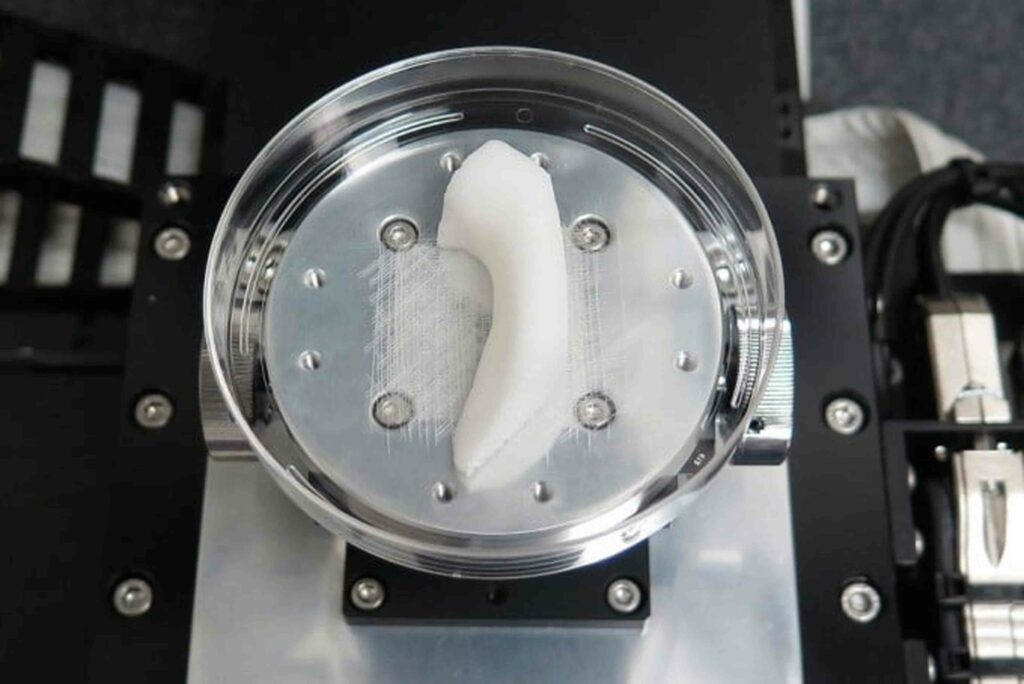Is 3D printing a liver, kidneys or a heart a utopian futuristic project?
Short presentation of bioprinting or "3D bioprinting".
3D printing or additive manufacturing is taking over every field, from art and decoration to the automotive sector, e-commerce and textiles. Utopia for some, a project for the future for others, 3D printing is gradually adapting to biology to become a separate process: biological printing.
Bioprinting manipulates cells, living organisms that need to evolve in a sterile environment, at a perfectly controlled temperature and humidity level. This printing technique obeys different and stricter rules than general additive manufacturing in order to prevent the cells from dying.

3D printing and biological 3D printing. Steffen Harr
Artificial organs thanks to 3D printing?
The Wake Forest Institute in the United States is a forerunner in bioprinting: the first prototype kidney, printed in 2011 in seven hours, received close media attention. Even if it was not functional, this bioprinted organ marks a revolution in the field of medicine and more specifically in transplantation.

In 2016, the same institute presented a bio-printed ear. Researchers have developed a 3D printing technology of biological tissues that allows the construction of cartilage, muscles, or even cranial bones. The researchers were able to observe positive results on rats and mice on which the cartilages of artificial ears were grafted (formation of nerves, formation of a blood vessel system...).
The Fifth Element, Luc Besson (1997)
In 2263, New York researchers reconstruct the body of a young woman using 3D printing...
Even if we still seem to be far from the scene from Luc Besson's film The Fifth Element - printing an entire organ remains a particularly complex undertaking - bioprinting today offers real advantages, which the L'Oréal group has understood well...
Bioprinting for the defense of animals
In 2013, the European Union banned all cosmetic testing on animals. This law probably got the better of the development of human skin reproduction techniques. Also, in 2015, cosmetics giant L'Oréal announced its partnership with Organovoa Californian start-up specializing in bio-printing. The key to this partnership is to use fragments of bio-printed human skin to definitively stop testing its products on animals.
A small step in 3D printing, a big step in the medical sector
Organ transplants, cosmetology tests, more efficient and faster development of new drugs, bioprinting opens new horizons for the medical sector. Like "classic" 3D printing, biological 3D printing is still in its infancy, but it is now beyond the stage of infancy. Some applications are no longer at the research stage, but in their industrialization phase. The years to come will be rich in significant advances...


